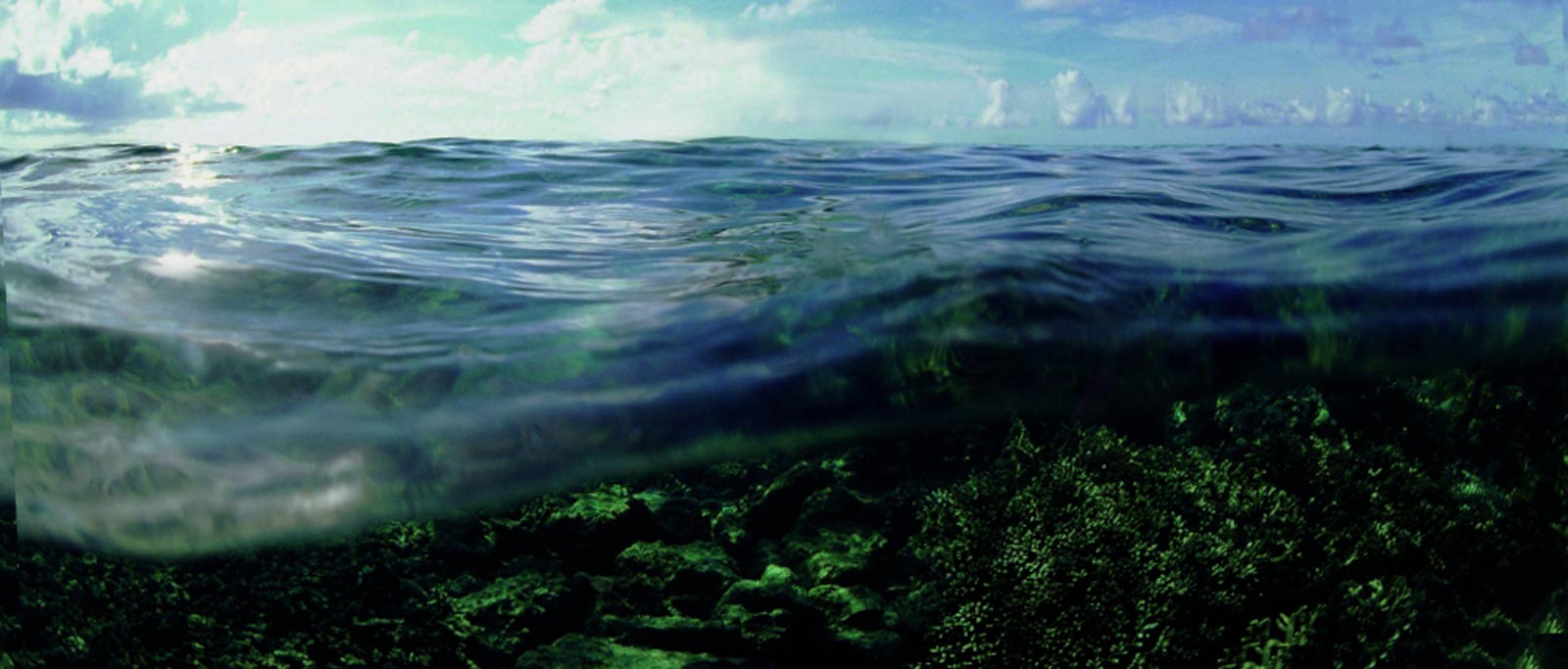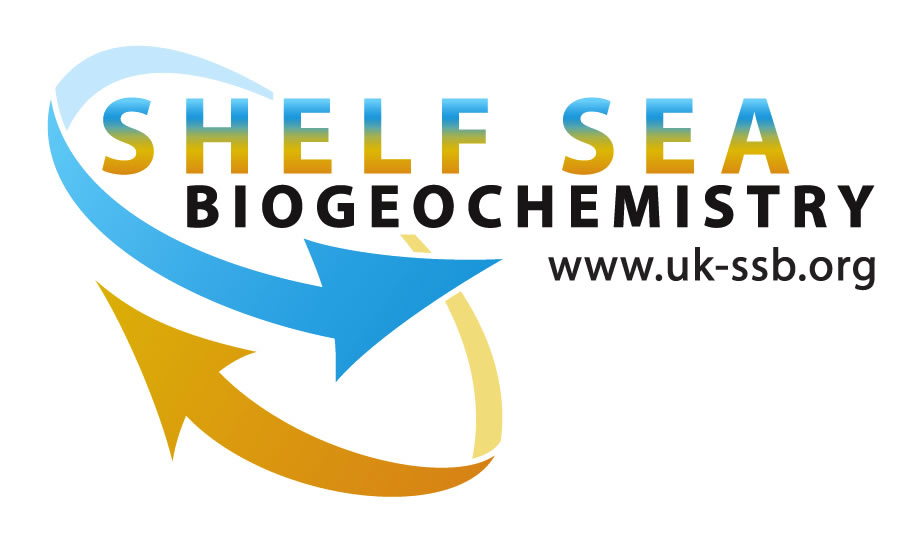Integrative Modelling for Shelf Seas Biogeochemistry
Our understanding of the biogeochemistry of the shelf seas is limited and many processes are poorly understood, in particular the biogeochemical budgets of carbon and nutrients. The key questions include is the UK continental shelf a source or sink for carbon and nitrogen remain unanswered. In addition there are gaps in our knowledge of some of the key physical, chemical and biological controls on biogeochemical cycles. By synthesising empirical knowledge into quantitative descriptions, computer models allow scientists to investigate the functioning of, and interactions between, ecology, biogeochemistry, anthropogenic pressures and climate.
-

- A photograph taken half underwater of a shallow part of the ocean.
Our overarching scientific goal is to enhance our capacity to assess the controls on biogeochemical cycling and hence to quantify with uncertainties the budgets of carbon, nitrogen, phosphorous and silicon including their response to climate, natural variability and anthropogenic stress. The underpinning strategic goal is to develop a new shelf seas biogeochemical model system, coupled to a state of the art physical model, capable of predicting regional impacts of environmental change from days to decades.
We have released the open-source SSB-ERSEM model as a modelling tool for the marine science community.
ERSEM is a numerical representation of an ecological system, studied to gain understanding of the real-life system. It is designed to simulate carbon and nutrient cycling and ecosystem response in European shelf seas and beyond. This enables scientists to make predictions about future conditions within the Earth system under anthropogenic and climate change.
PML was part of the original consortium which developed ERSEM, and has since continued to develop the original model, finding applications in a number of fields. Working in collaboration with Cefas, NOC and UKMO, this version brings together aspects of ERSEM developments made at PML, Cefas and NIOZ.
By making the model open access and freely available to all including full documentation, the scientists involved hope to foster collaborations within the scientific community, as well as improve transparency and sharing on a global scale. It will also allow the monitoring of ERSEM’s user base, providing adequate and rapid support, enabling them to assess and increase its impact in order to further enhance and refine the model.
The open access model is being made available through the Shelf Seas Biogeochemistry programme, which is funded by the Natural Environment Research Council (NERC) and the Department for Environment, Food & Rural Affairs (Defra).


